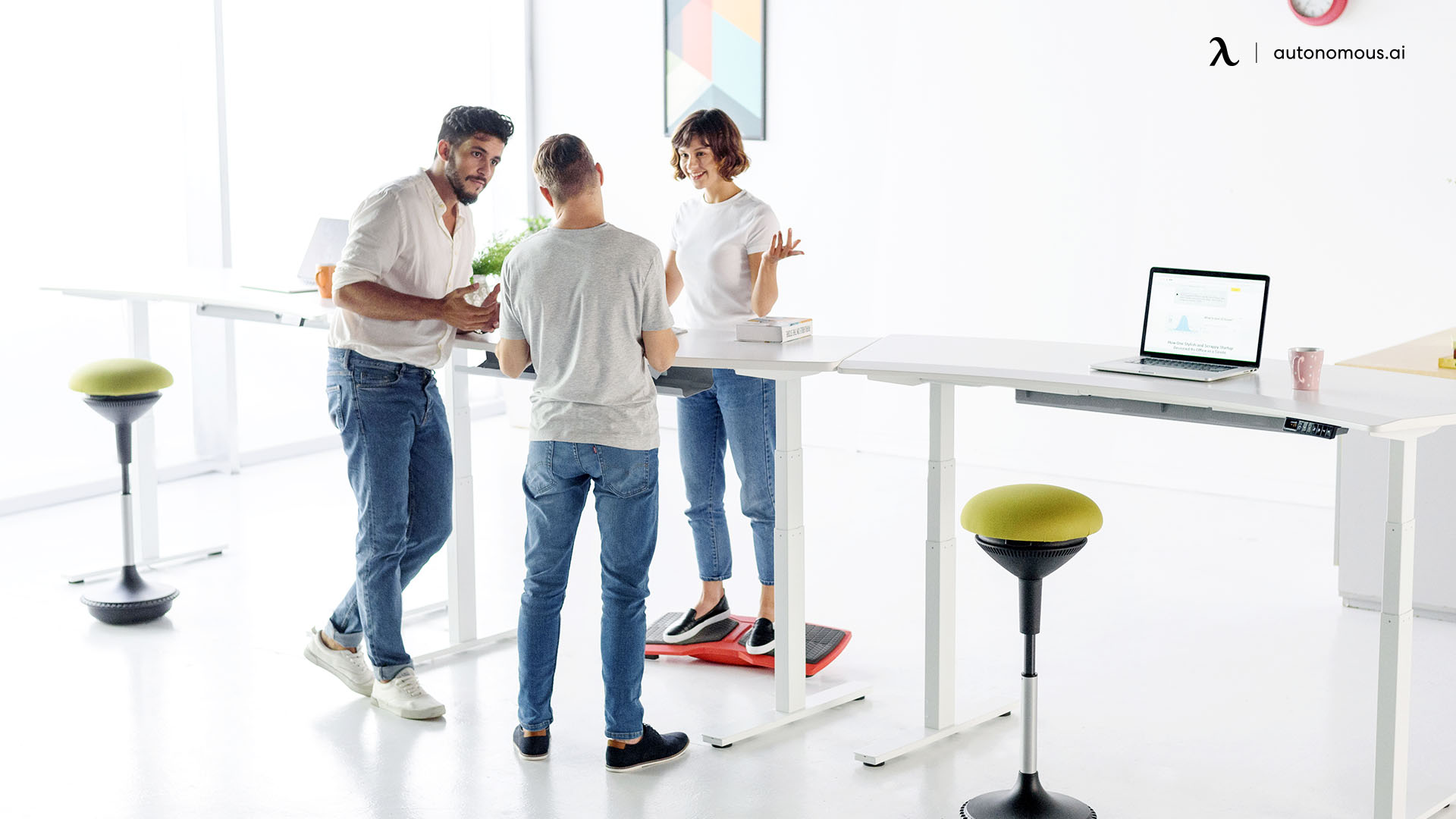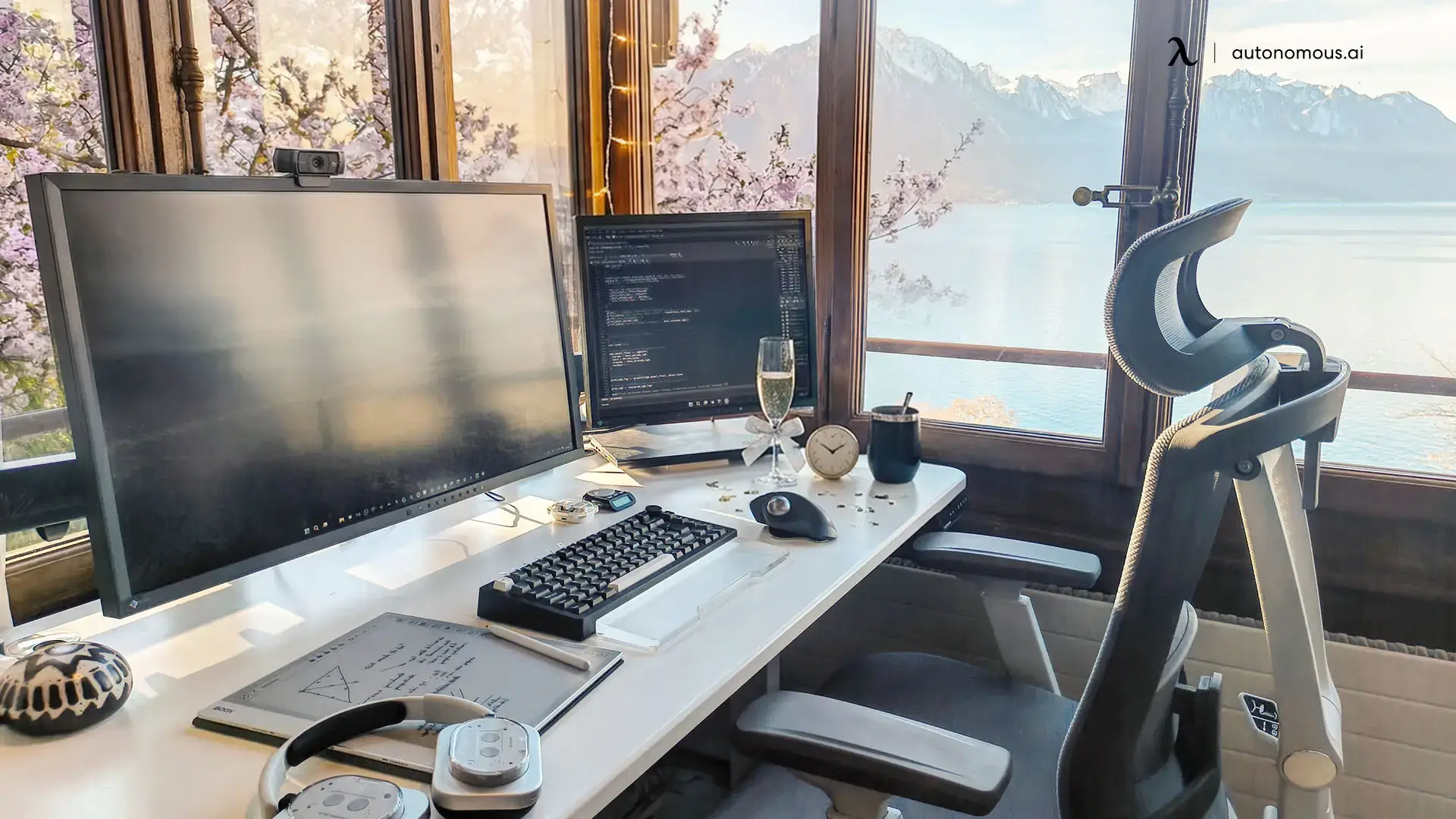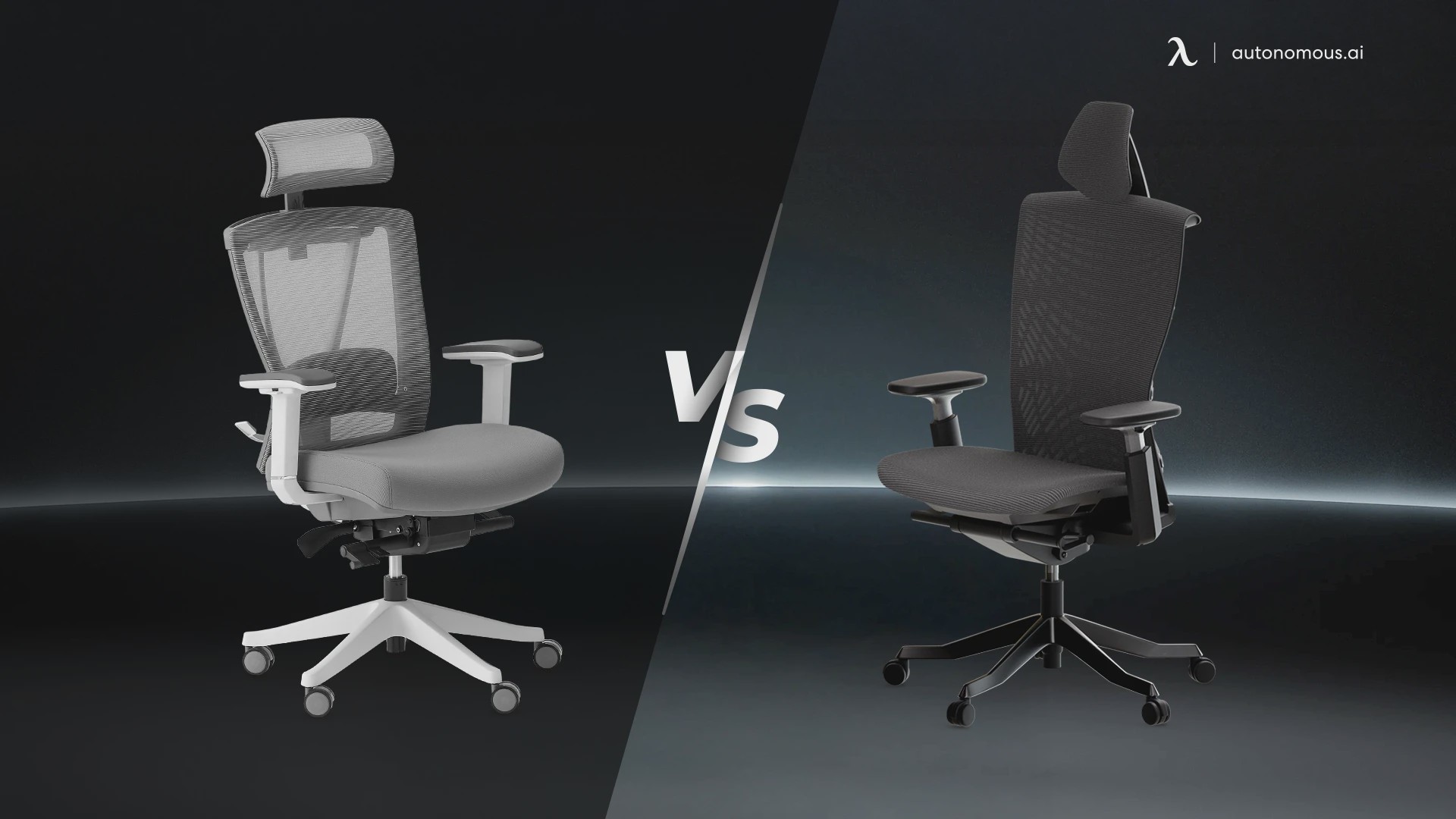- Newest
- Most viewed
Interested in a Link Placement?

How Many Steps Does It Take to Burn 1,000 Calories?
Learn how many steps or miles it takes to burn 1,000 calories based on weight, pace, and daily activity. Includes a simple calculator and real examples.
Work Wellness | Jan 12, 2026 134 views

Should You Buy the LiberNovo Omni Ergonomic Chair?
Latest Updates | Jan 9, 2026 1,070 views

What Is the Garage Employee Discount? A Complete Guide
Latest Updates | Jan 8, 2026 960 views

Spirit Halloween Employee Discounts and Benefits
Remote Working | Jan 7, 2026 263 views

Japanese New Year Gifts: What They Mean & How to Give
Latest Updates | Jan 7, 2026 784 views

12 Vietnamese New Year Gifts for Luck & Prosperity
Latest Updates | Jan 6, 2026 345 views

Best Lunar New Year Gift Sets That Bring People Together
Latest Updates | Jan 6, 2026 630 views

15 Best Fitness Apps for Weight Loss
Work Wellness | Dec 31, 2025 502 views

Feng Shui 2026 for Office and Home Office Setup
Workplace Inspiration | Dec 30, 2025 786 views

ErgoChair Pro vs Ultra 2: Which One Is Right for You?
Smart Products | Dec 28, 2025 701 views

Lunar New Year 2026 Zodiac - The Year of the Fire Horse
Latest Updates | Dec 29, 2025 803 views

15 Best New Year Gift Ideas for Mom
Latest Updates | Dec 26, 2025 948 views
.svg)
